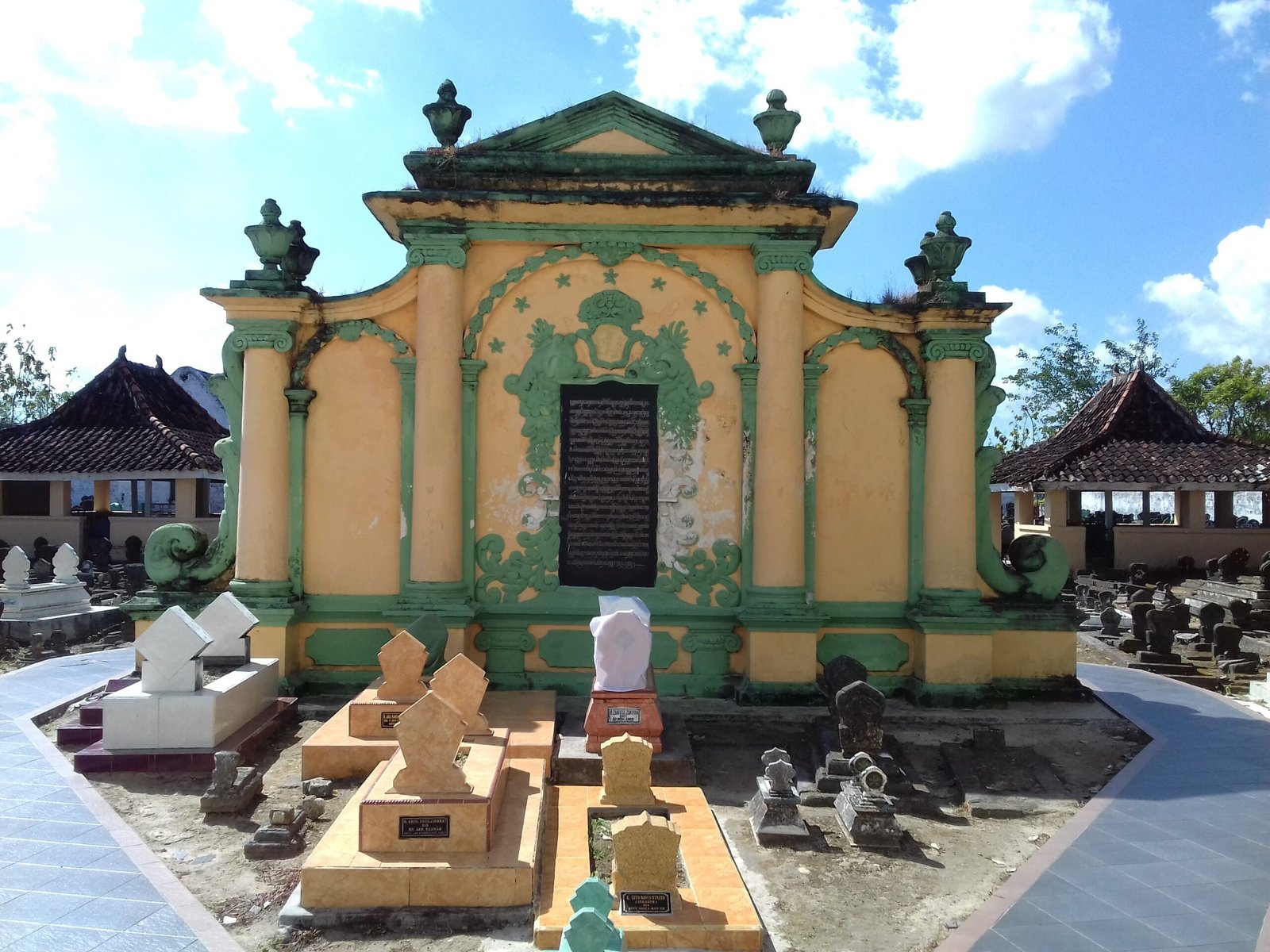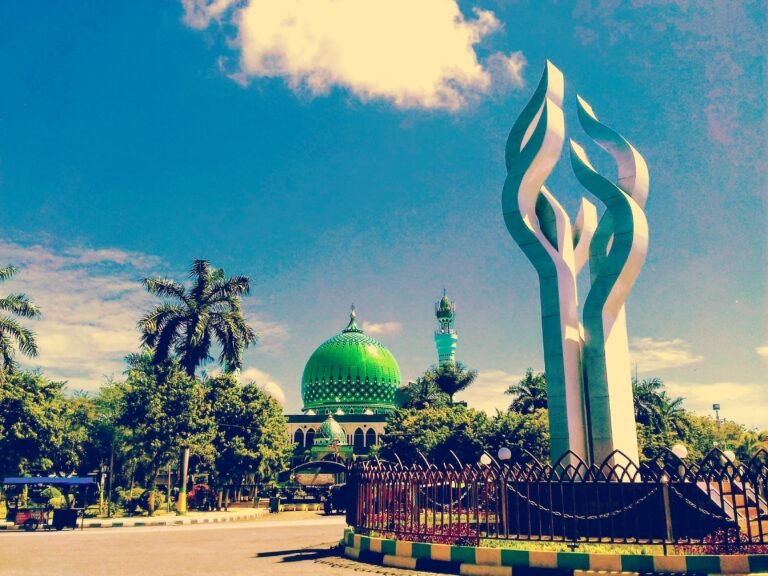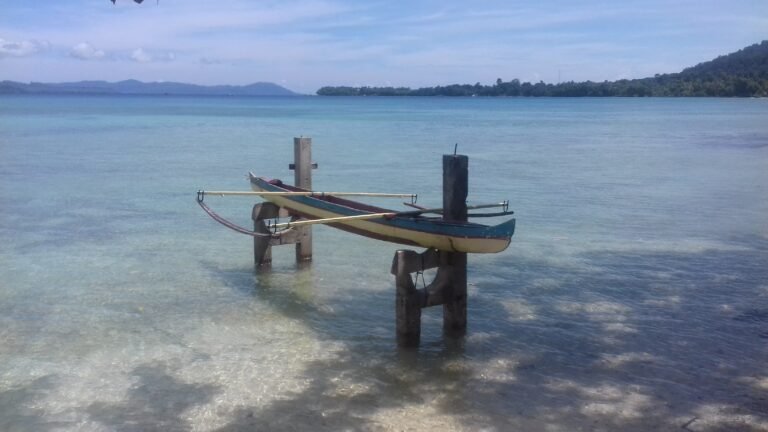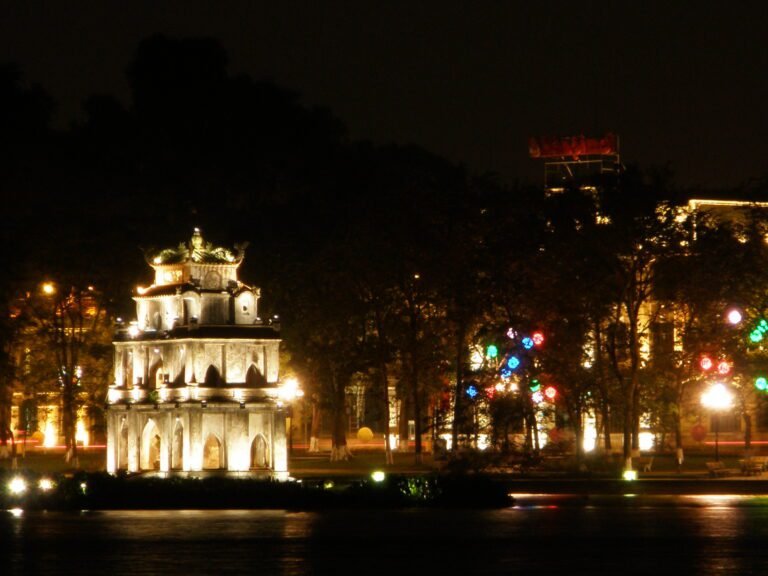Tourists are rare in Sumenep. Located on the eastern tip of the Javanese island of Madura, the regency enjoys an open, breezy setting and rocky landscape. It remains, however, an offbeat destination.
As such, I enjoyed the friendly surprise my presence provoked. ‘Why are you here?’ rang out often, shared not out of rudeness but genuine interest. I always had the same answer. Sumenep has plenty to offer the curious traveller, and it offers one of Indonesia’s warmest welcomes.
Of a sudden, a stranger appeared at my side in Kota city centre. ‘Are you a pilgrim?’ he asked in semi-disbelief. He then happily introduced himself as Ramadan. Above us, the sun hit its early-afternoon peak. Seeking shade, we weaved our way through a revving bottleneck of motorcycles. I sensed growing impatience as a red traffic light, the gridlock’s source, continued its infernally slow countdown.
‘Sure, why not?’ I responded. I now had a purpose for the day. We walked towards Asta Tinggi, Sumenep’s royal tombs and a renowned pilgrimage site.
Behind us sat two of the region’s most stirring landmarks: Masjid Agung, the Great Mosque, and Keraton Sumenep, the palace complex. The former, a blend of Chinese, Javanese and Western architecture, boasted a striking white and yellow gateway. The latter’s museum housed ancient relics, weapons and manuscripts that divulged much of Sumenep’s history. I hoped the tombs would do the same thing.
Historic Trip
While we walked, Ramadan weaved a simplified history of Sumenep. The region’s governor, Aria Wiraraja, masterminded the formation of the Majapahit kingdom in 1293. This shift would shape modern Indonesia. Majapahit’s red and white royal stripes, symbolising courage and honesty, even inspired the country’s flag. ‘No Wiraraja, no Majapahit, no Indonesia,’ Ramadan intoned with a hint of pride.
Read More: Uneasy frequencies emanate from the Ijen Crater in Java.
All around us, the sizzles and aromas of roadside eateries insidiously advertised their wares. The smell of pisang goreng, fried banana, piqued my appetite. But I also thought a pilgrimage would involve a certain amount of sacrifice. I nobly declined the urge to snack. Beside us, a man lazing on his becak, a rickshaw taxi, looked at me inquiringly. He gave an understanding nod as I mimed walking.
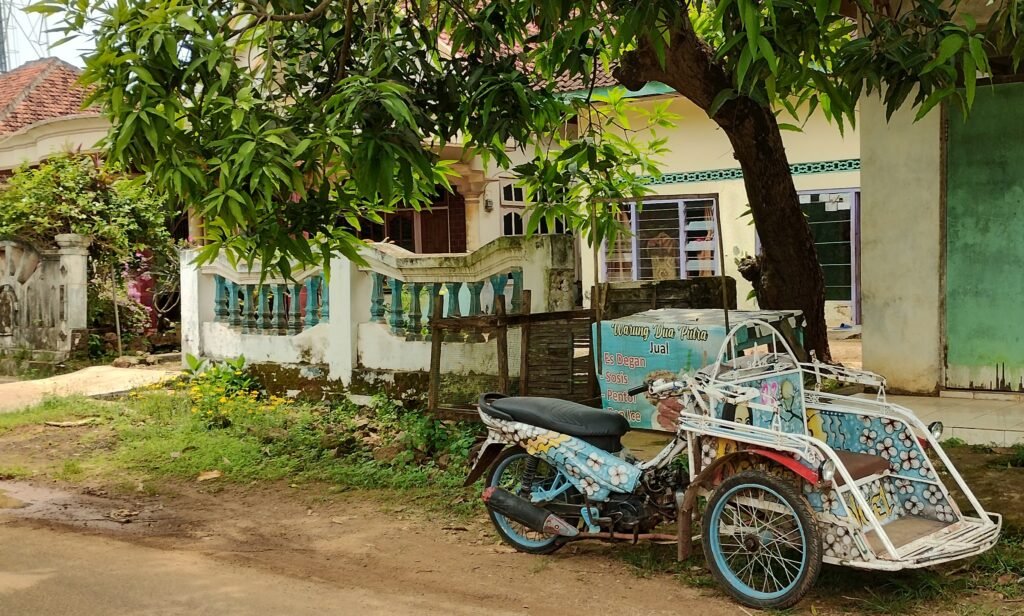
I told my new friend how welcome I felt in Sumenep. Just then, a disembodied cry of ‘Hello, mister!’ flew by on a motorbike. ‘That is why we are the Soul of Madura,’ Ramadan laughed. He gestured proudly to a sign bearing the same message. His batik shirt and cone-like peci cap reminded me of the costumes sported by saronen ensembles. Such groups, a common sight on Madura, played traditional music in the gamelan style. The same sound drifted hypnotically from a nearby housing complex. Its rhythms matched the intricate designs of the building’s marble tiles. We stopped and listened for a bit.
See inside
It seems I had stumbled upon a glimpse into the Soul of Madura. I nodded in appreciation of the warmth of it all. But I also inferred that I had reached the limit of my understanding. No matter. Madura initially drew me in thanks to its vague nature. It made sense that I would most likely never see the whole picture of the place. Hints, by way of saronen, the smells of cooking and a passing friendship would more than suffice.
Ramadan took his leave on the final climb. Asta Tinggi awaited. This stretch I completed by motorbike. Although short, the road was steep. Rampaging trucks and bemo minivans beset every inch of it. The pilgrims of yore, I felt, would not have begrudged me safe passage. From such an elevated position, I saw the totality of Sumenep’s flat, dusty panorama. Rocky peaks stretched into the distance before the horizon swallowed them whole.
Upon arrival at Asta Tinggi, I found a courtyard framed by palm trees. The buildings beyond it conveyed a feeling of understated grandeur. A domed roof, the cemetery’s centrepiece, imposed itself upon faded green, red and yellow columns and carvings. To the front and side were two entrances. I strode forward, wondering what lay in store.
(2025 update: RIP, Ram. You were a good friend, and we were honoured to know you.)
Discover more from Eye in the Middle
Subscribe to get the latest posts sent to your email.
